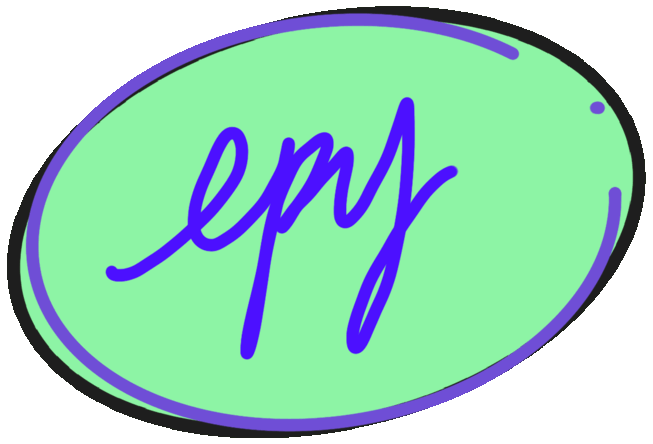ARCHITECTURAL DESIGN IV
MY WORKS

PROJECT 2
[ USJ7 KEBUN KOMUNITI CENTER ]
Project 2 involves crafting a design for a community center in the suburban USJ7 setting. We were challenged to weave narratives that resonate with the unique environment and community of this context. The emphasis lies in crafting environmentally conscious building enclosures, utilizing various spatial organizational typologies and passive strategies to mitigate environmental impact. The ultimate objective is a design that seamlessly integrates with surroundings and elevates the overall community experience through thoughtful spatial considerations.
REFLECTION:
Through this project, I acquired a deeper understanding of the significance of establishing strong engagement and relationships with the site, people, culture, history, spatial experiences, and sustainable requirements. I explored the concept of small-scale community building within a suburban context, considering factors such as site analysis, user needs, environmental sustainability, buildability, and spatial poetics.

PROJECT 1B
[ DESIGN ESQUISSE - ARCHITECTURAL ALLOTMENT ]
Project 1B is set to run concurrently with Project 1A. While Project 1A focuses on the overall plan, Project 1B delves into exploring materiality's impact on user experience within the Kebun Komuniti Plan. Specifically, it involves the architectural allotment, designed to highlight architectural form as a manifestation of materiality for various planned activities related to plant cultivation.
REFLECTION:
Throughout the learning journey, I gained the skill to perform thorough site analyses and proficiently convey the results through visual representations. This method enhanced my comprehension of the site's unique characteristics, influencing our architectural design choices to create a response that aligns with the site's specific context and significance.

PROJECT 1A
[ SITE ANALYSIS & DESIGN RESPONSE ]
The process of Site Analysis & Design Response lays the groundwork for understanding the context of intervention. Through a detailed site visit, we identified both the tangible and intangible qualities shaping the site's character and uncovered the community's specific needs. In the design response phase, we developed a new plan for the designated site area — a Kebun Komuniti Plan. It then serves as the blueprint for both Project 1B and Project 2.
REFLECTION:
The learning journey has taught me that the fundamental goal of architecture is to forge a deep connection among individuals, nature, and the built environment.
